If you’d like to find out more about the potential for a personal trainer, we’ve got you covered. In this blog, we’re going to be looking at things like:
- Personal Trainer Job Outlook Over The Next Few Years
- Best Gyms To Work For Across The United States
- Salary Expectations For Different Certifications
- Trends That May Offer New Opportunities For Personal Trainers
- Other Things You Can Do With A Personal Training Certification
- Personal Trainer Job Outlook FAQs
Looking to get certified? We can help you there, too. Check out our blog on becoming a personal trainer – included are some discounts on different certifications!

Viable Career Paths in 2024
There are plenty of great career paths you can take with your personal trainer certification – the most advantageous path being online training. This option has huge pros over working for a gym, as you’re able to have and maintain your own clients and from anywhere.
Another option is working for a gym. Here is a list of some of the gyms to work for across the United States, especially with continued education and becoming a Master Trainer. But remember – with this option, you’re generally limited to clients that are local to you and may not have as much opportunity.
For the most detailed information on personal trainer salaries across different gyms, check out this blog on which gyms pay the most.
As a summary of that post, here are some of the best gyms to work for across the United States:
- Equinox
- 24-Hour Fitness
- LA Fitness
- Anytime Fitness
- Crunch Fitness
- YMCA
- Planet Fitness
Online Training vs In-Person Training
As a personal trainer, you may be wondering if it’s worth your time and effort to start offering online training services. After all, there are many advantages to working with clients in person – it’s often easier to build a stronger rapport, get a better sense of your client’s fitness level and goals, and provide faster feedback on technique.
However, there are also several advantages to offering online training services. First, it’s a great way to reach a wider audience of potential clients beyond those who live in your area. Secondly, online training can be more convenient for both you and your clients since they can train from the comfort of their own homes and you don’t need to meet with them at specific days and times. Finally, online training can be more cost effective for both you and your clients.
So, which is the best option for you? Ultimately, it depends on your own preferences and goals. Online training may be the way to go if you’re looking to build your own business, live a flexible life, reach a larger audience or offer more convenient services. However, if you prefer working with clients in person, or work with clients who need more personalized attention, in-person training may be the better option.
You can also consider the hybrid approach and offer both services within one package to better cater to your client’s preferences.
Salary Expectations For Personal Trainers
There are many different certifications that personal trainers can get: Fitness Mentors (FM), National Academy of Sports Medicine (NASM), the American Council on Exercise (ACE), International Sports Sciences Association (ISSA), and National Council on Strength & Fitness (NCSF).
The median annual salary for a certified personal trainer is about $65,566 per year, depending on location as well as how you plan to train. In a gym, you’ll split your rates with them, so you might make less than you would if you were a private trainer.
It’s also important to keep in mind that personal trainers with more experience will always earn more money than those who are just starting out, regardless of their certification or career path. So, if you’re looking to maximize your earnings as a personal trainer, make sure to get plenty of experience under your belt.
Quiz: Which Personal Trainer Certification is Right For You?
New Opportunities For Personal Trainers
The personal trainer job outlook is positive for the coming years. This is because more and more people are becoming health conscious and are looking for ways to improve their health and fitness.
One viable option for personal trainers to have great success is group personal training. This is where personal trainers work with small groups of clients, rather than one-on-one. This is a great way for personal trainers to earn more money, as they can charge per session, rather than per hour.
Another great career path is online personal training. This is where personal trainers work with clients online, through email, Skype, or other similar platforms. This is a great option for personal trainers who live in rural areas or who have busy schedules.
Other Things You Can Do With A Personal Training Certification

While the personal trainer job outlook is positive, there are other things you can do with a personal training certification, especially when you do continued education to further specialize. Here are some of the most popular:
- Nutrition Coach
- Life Coach
- Weight Loss Specialist
- Senior Fitness Specialist
- Conditioning Specialist
- Yoga Instructor
- Pilates Instructor
- Kickboxing Instructor
- Group Fitness Instructor
- Sports Performance Coach
Takeaway
The personal trainer job outlook is positive for the coming years and there are many new opportunities emerging for personal trainers. If you’re thinking of becoming a personal trainer, now is a great time to do it. There has never been a better time to enter the field.
If you’re already a personal trainer, consider specializing in an area that is of interest to you. This will not only make you more valuable to your clients, but it will also make you more marketable and allow you to earn more money.
Personal Trainer Job Outlook FAQs
The personal trainer job outlook is positive for the coming years. This is because more and more people are becoming health conscious and are looking for ways to improve their health and fitness.
There are many different certifications that personal trainers can get, like the Fitness Mentors (FM) CPT, but the most popular are the NASM certified personal trainer, ACE certified personal trainer, ISSA certified trainer and NSCA certified personal trainer.
The average salary for a personal trainer varies depending on many factors, like experience, location, and certification. However, the average salary for a personal trainer is $42,000 per year.
Some of the trends that may offer new opportunities for personal trainers include group personal training, online personal training, and specialization.




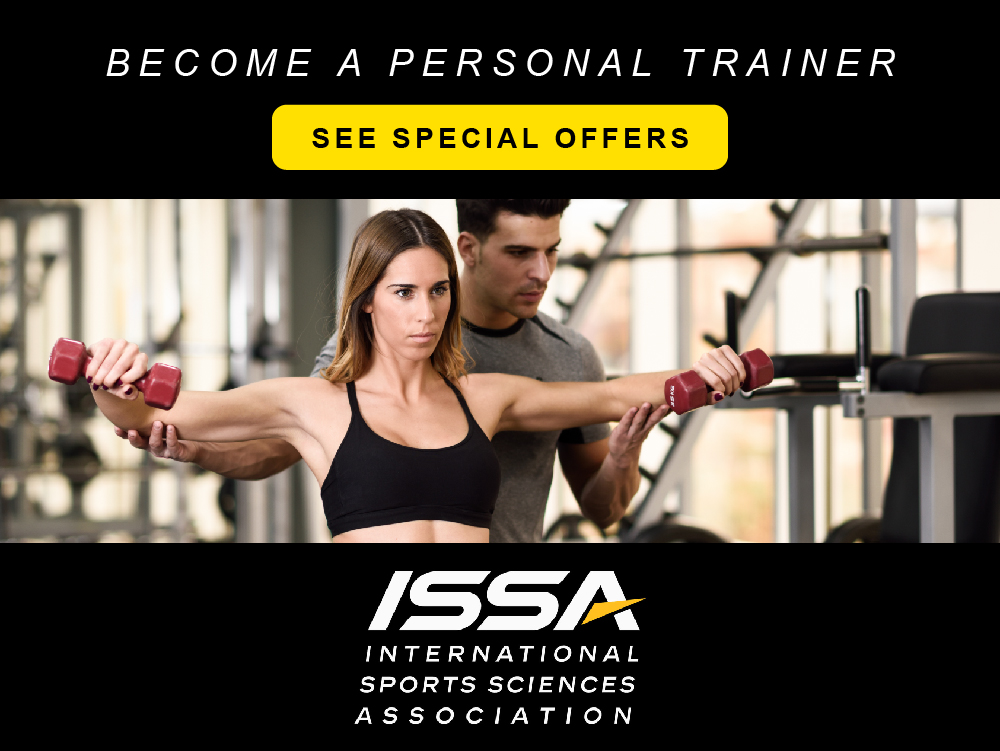
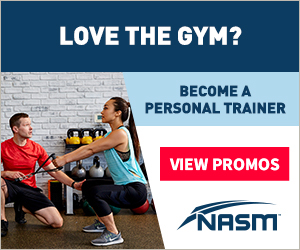
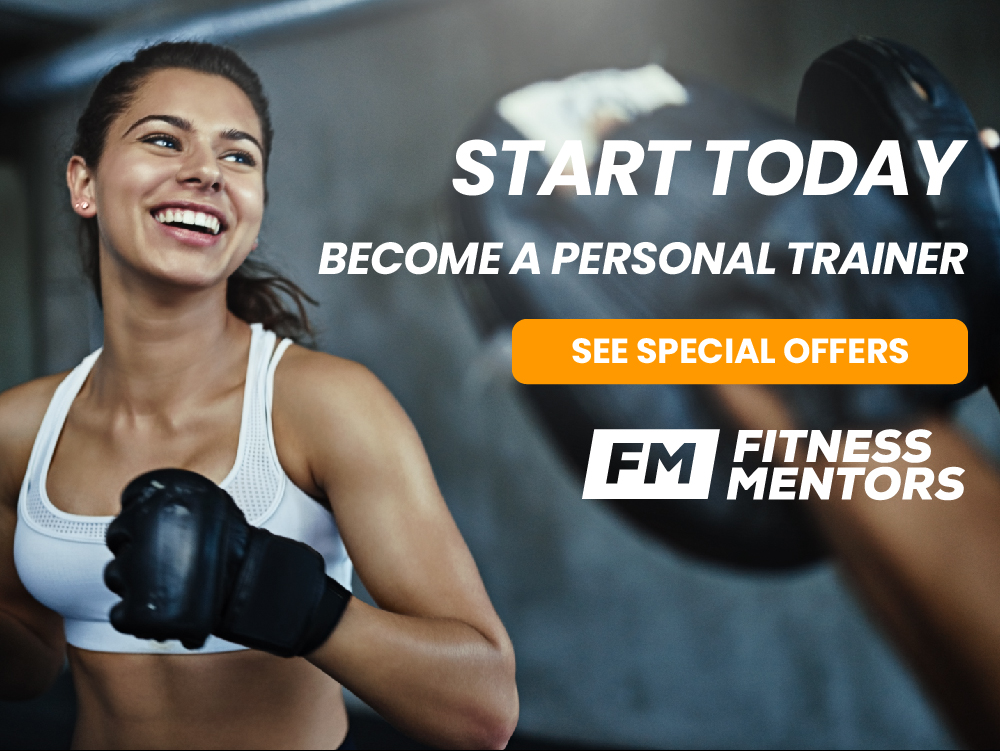
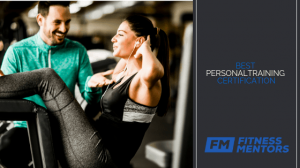
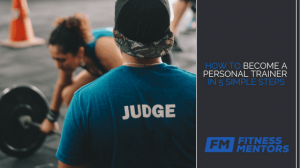
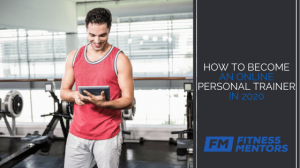
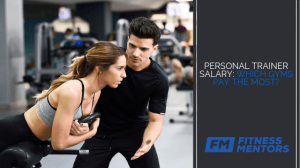





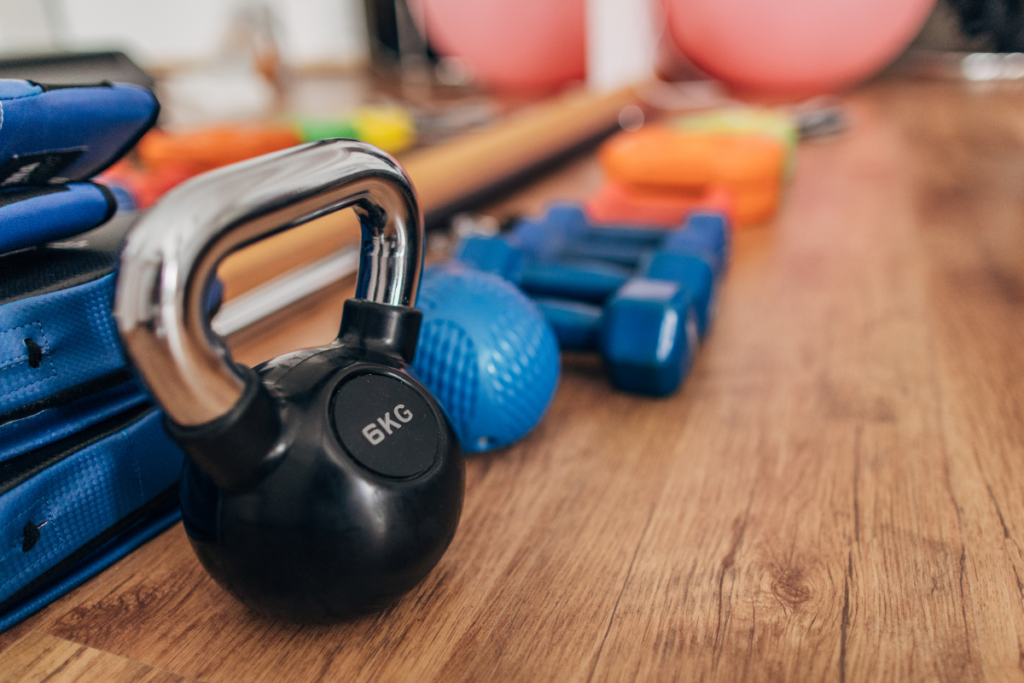

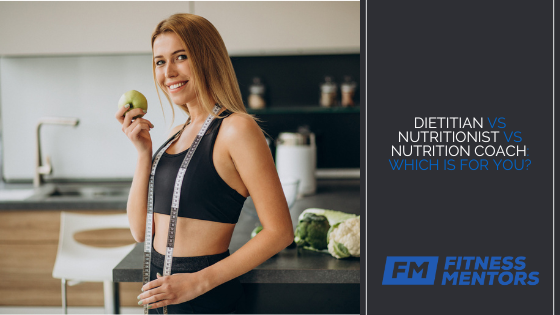
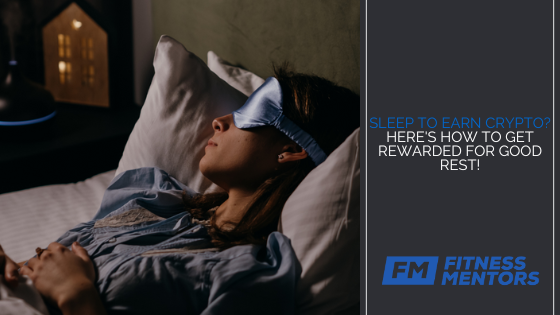



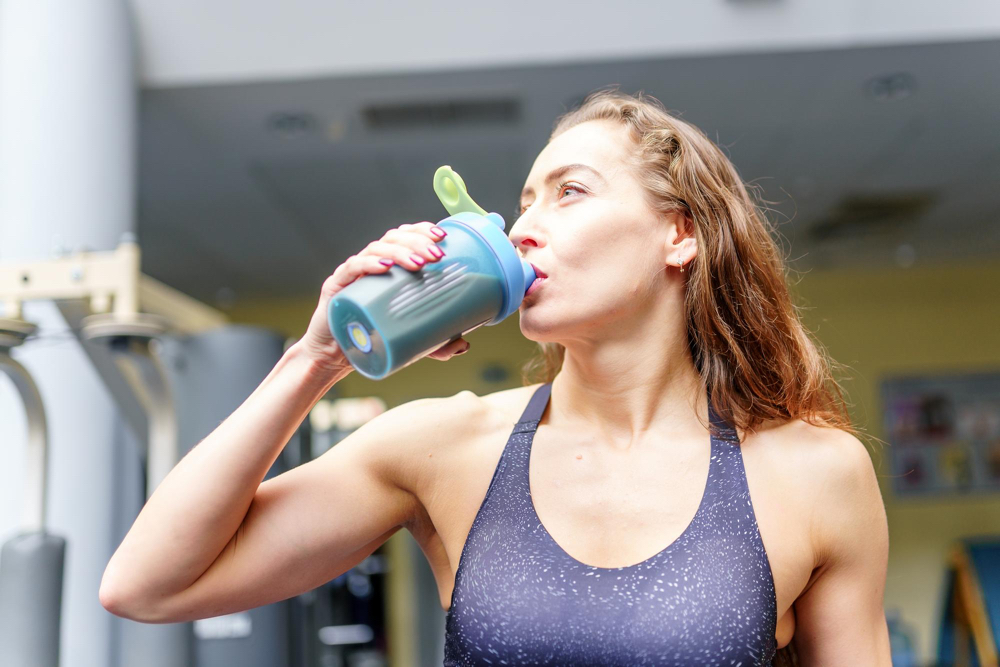










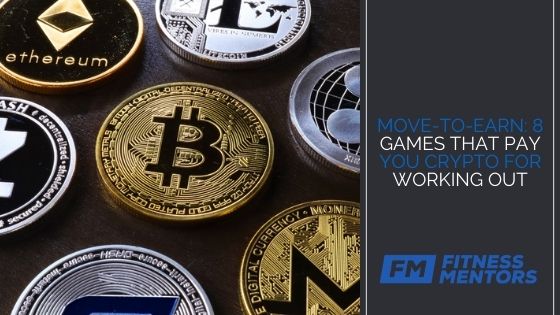

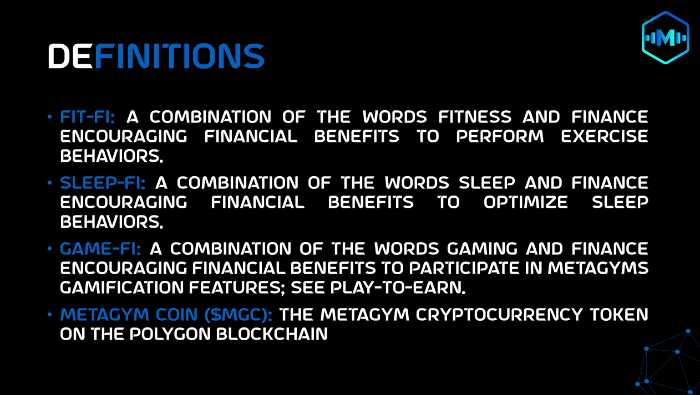

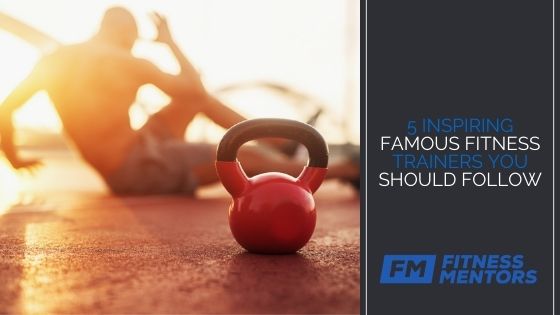

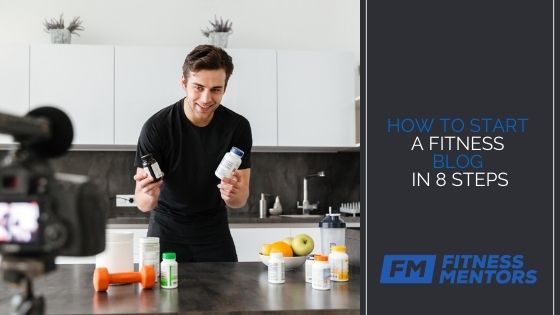
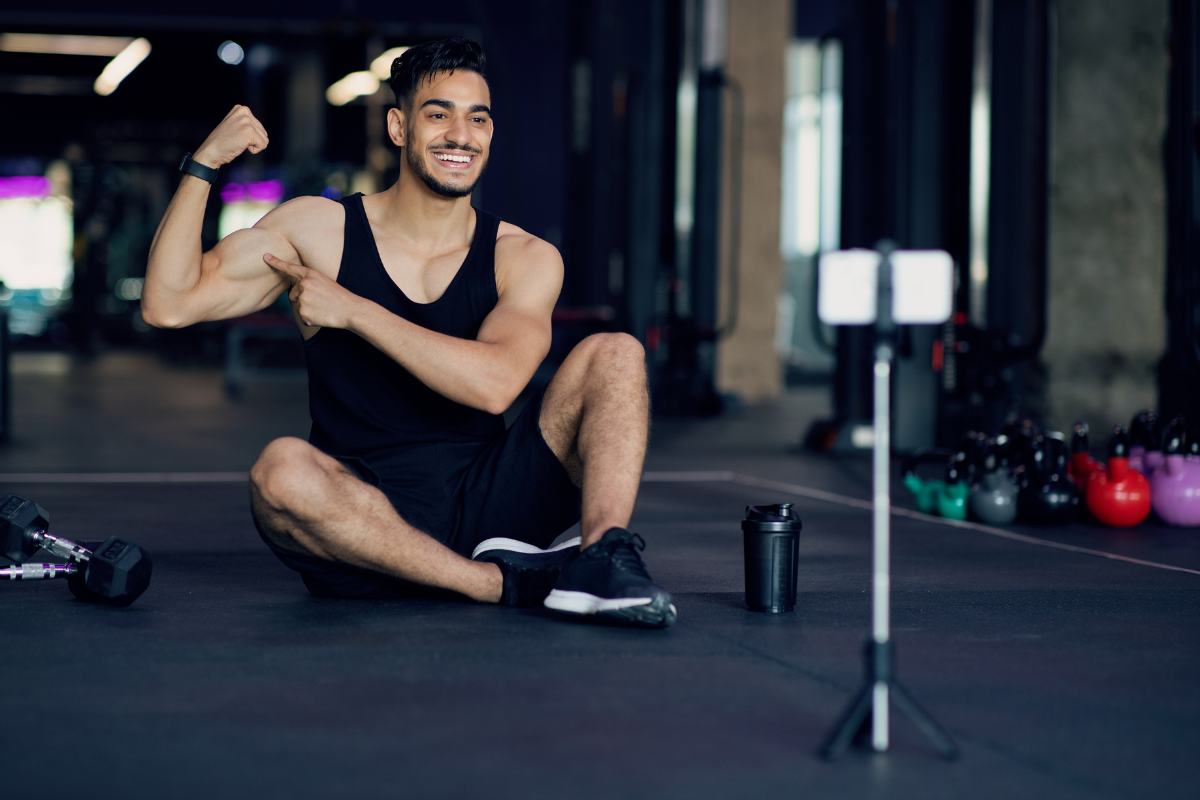




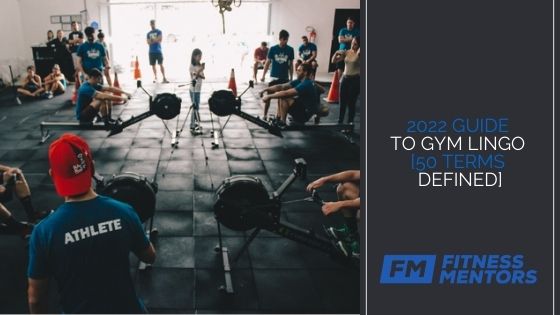
![2025 Guide To Gym Lingo [50 Terms Defined] 68 image1](https://www.fitnessmentors.com/wp-content/uploads/2022/03/image1.png)
![2025 Guide To Gym Lingo [50 Terms Defined] 71 image5](https://www.fitnessmentors.com/wp-content/uploads/2022/03/image5.png)
![2025 Guide To Gym Lingo [50 Terms Defined] 72 image4](https://www.fitnessmentors.com/wp-content/uploads/2022/03/image4.png)
![2025 Guide To Gym Lingo [50 Terms Defined] 73 image6](https://www.fitnessmentors.com/wp-content/uploads/2022/03/image6.png)
![2025 Guide To Gym Lingo [50 Terms Defined] 74 image2](https://www.fitnessmentors.com/wp-content/uploads/2022/03/image2.png)
![2025 Guide To Gym Lingo [50 Terms Defined] 75 image7](https://www.fitnessmentors.com/wp-content/uploads/2022/03/image7.png)
![2025 Guide To Gym Lingo [50 Terms Defined] 76 image3](https://www.fitnessmentors.com/wp-content/uploads/2022/03/image3.png)


